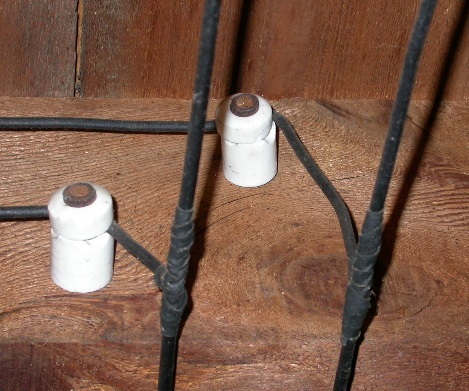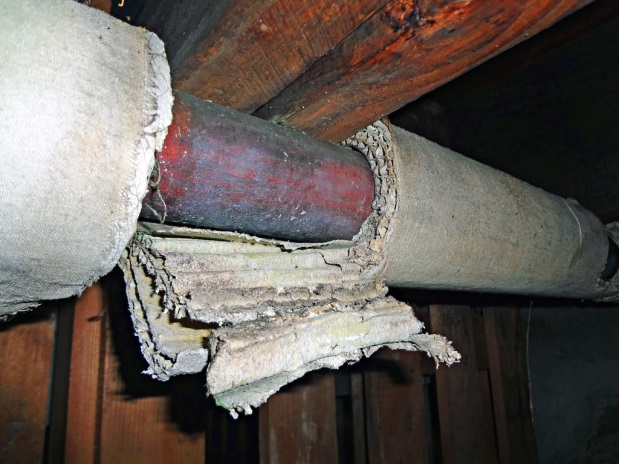Barriers to Installing Insulation
Before you insulate, your home must meet certain safety requirements. But don’t worry! Your Mass Save® Energy Specialist can help.
A Mass Save Energy Specialist can identify any potential barriers to insulation during the no-cost Home Energy Assessment. They'll let you know if there are any available incentives to help fix the issue before insulating your home. Call 857-376-6220 or visit MassSave.com/Boston to schedule your assessment today!
To take advantage of the generous Mass Save incentives on insulation, we need to ensure that your home meets certain criteria. Some homes may need a little extra work before they can be insulated due to certain insulation barriers. We call these “weatherization barriers.” Through the Mass Save and HEAT Loan programs, great incentives are available to help pay for any weatherization barriers preventing insulation! Remember, the first step is to schedule a no-cost Home Energy Assessment from a Mass Save Energy Specialist!
'Knob and tube' electrical wiring
Knob and Tube wiring was a common method for wiring electricity in homes up until the 1940s. Electrical wires are covered by “tube” casings that are held in place by ceramic “knobs.” This system only has two wires, a black “hot” wire and a white “neutral” wire, but lacks the “ground” wire that modern systems have. Over time the protective casings around the knob and tube break down, which may pose a fire hazard.
In some cases, homes will have inactive knob and tube systems hidden in their walls or basement. This is usually the situation if a home was renovated or re-wired to a modern electrical system. This means that the knob and tube structure was not removed when the home was re-wired. You will still be able to proceed with insulation as long as the knob and tube system is inactive.
Asbestos
Asbestos is now understood as a dangerous carcinogen. That means it can cause cancer. Before this discovery, asbestos was used to insulate attics, heating systems, and pipes. It can be very dangerous to human health.
If asbestos is present in certain areas of the home, it must be removed before any insulation work is done. If there is asbestos pipe wrap in the basement, you can still insulate your attic without any issues.
Carbon monoxide
Carbon monoxide (CO) is a colorless, odorless gas that can be harmful when inhaled in large amounts. CO is released when something is burned.
The greatest sources of carbon monoxide to indoor air are:
- poorly ventilated appliances like gas stoves and water heaters
- poorly maintained fossil fuel heating systems
Your Mass Save Energy Specialist will check for carbon monoxide during your no-cost Home Energy Assessment and make recommendations such as getting a tune up of your heating system, ventilating your stove, or upgrading your appliances. They will let you know if any changes are needed before you can proceed with weatherization and will connect you to available incentives.
Get help
- The Mass Save Sponsors offer a maximum incentive of $7,000 for barrier mitigation work under the Enhanced Incentives Program. An income verification is required.
- The HEAT Loan offers 0% interest financing for mitigating knob and tube wiring, vermiculite, mold abatement, structural concerns and combustion safety. Look through the Heat Loan Guide for more information.
Schedule your no-cost Home Energy Assessment today to see if you’re eligible for insulation improvements! Call 857-376-6220.
For other issues such as lead paint removal, additional funding and rebates can be provided by the Boston Home Center. Find out if you qualify by calling the Boston Home Center at 617-635-3880.
For income-eligible residents, the Action for Boston Community Development (ABCD) program offers:
- fuel assistance
- no-cost weatherization and insulation, and
- no-cost heating system replacements for certain qualified participants.
- no-cost upgrades to energy-efficient appliances.
To learn more, call 857-376-6220 or visit MassSave.com/Boston to complete the intake process and get connected to ABCD.



